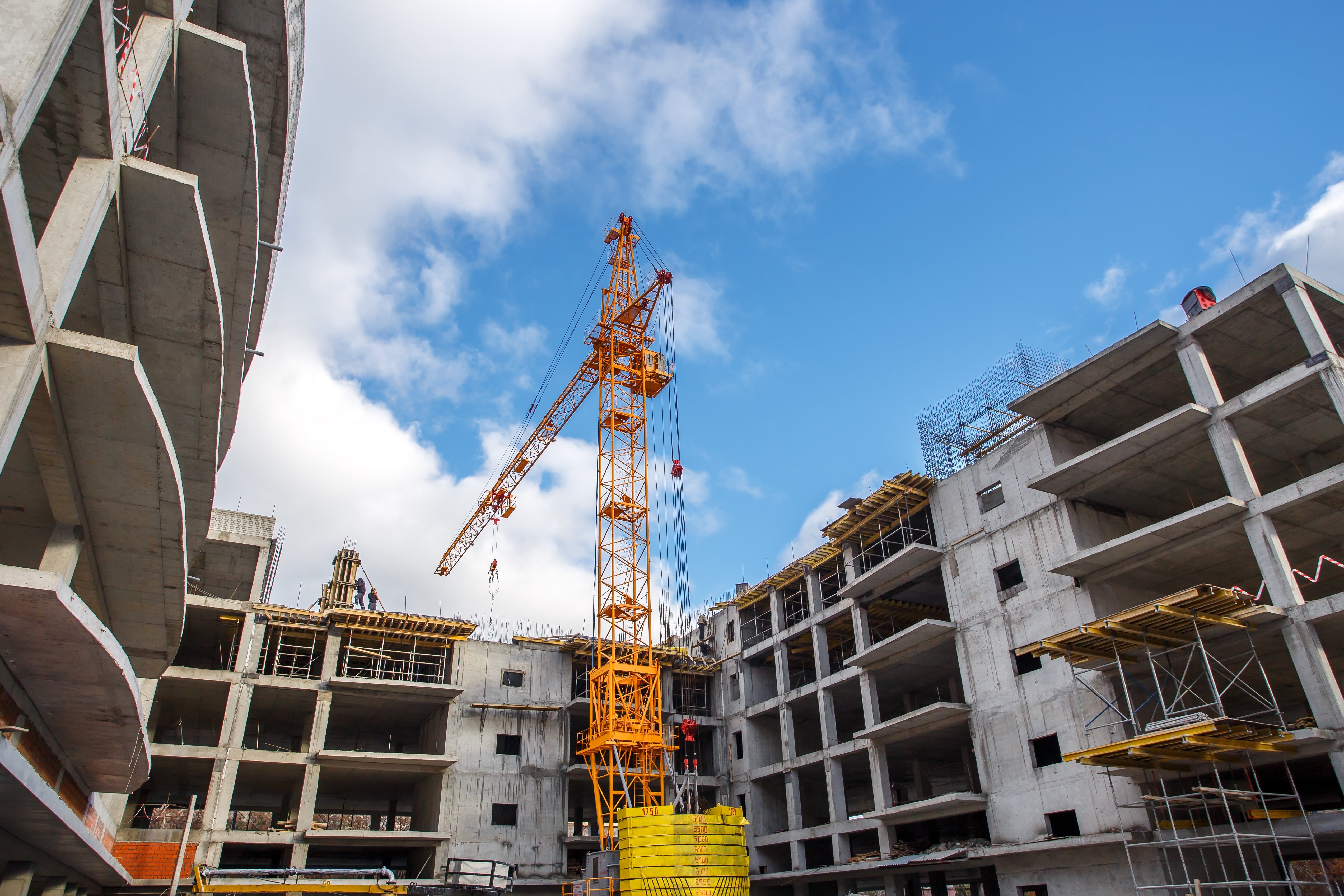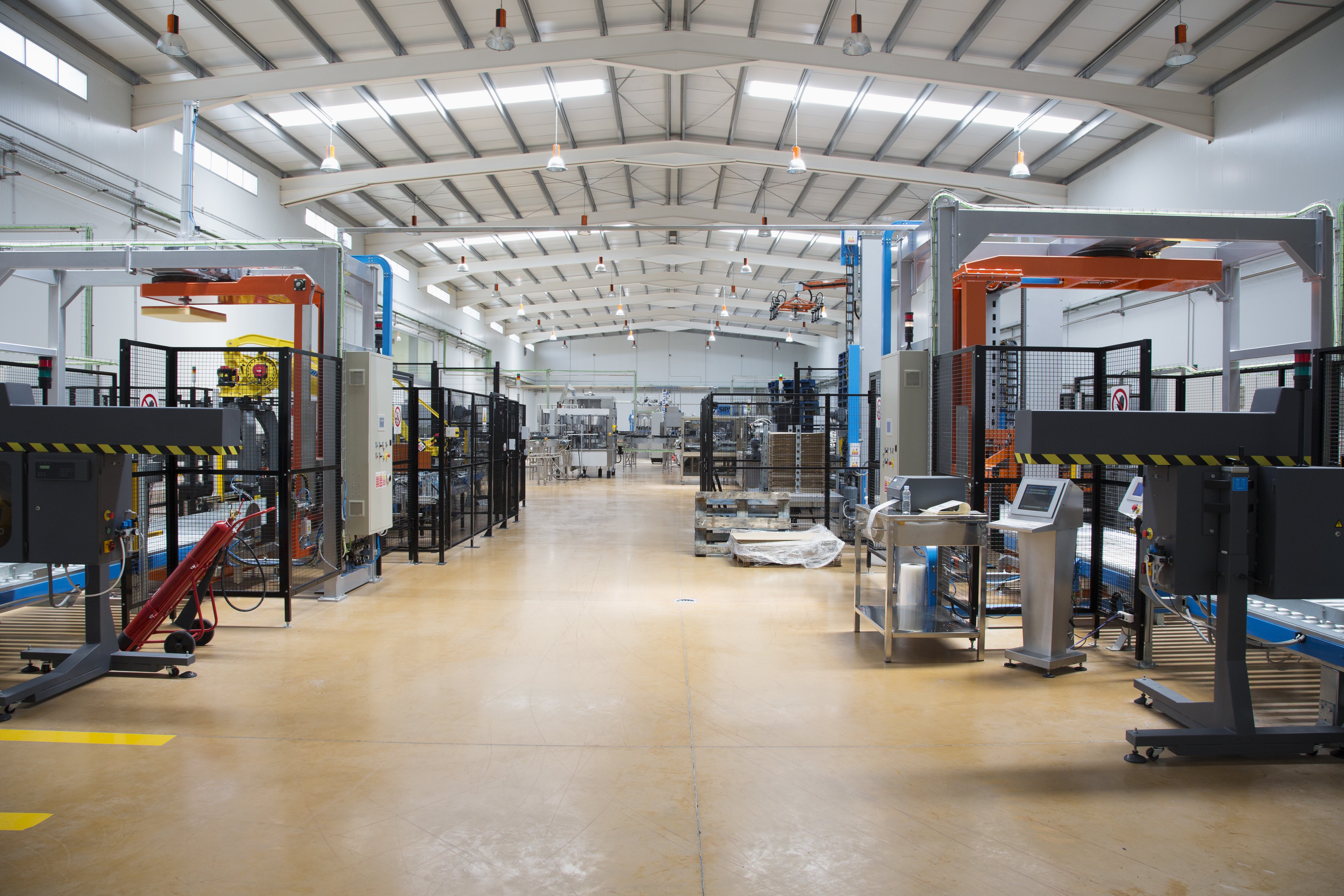
Often when designing and building a construction project, too little – if any – attention is paid to architectural acoustics. Since it’s exponentially easier to provide soundproofing at the onset of a building project rather than retroactively, it stands to reason that all new construction projects should consult an acoustics or soundproofing expert prior to breaking ground.
Acoustics are Critical
Ultimately, acoustics can prove critical for buildings. Most of us have struggled to hear the person sitting across from us in a noisy restaurant or tried to study in a library rife with echoes. Further, workplaces are now often open and collaborative, causing a distracting din of sound.
So builders need to consider if their plans promote an acoustically “friendly” space at the onset of the project.
Building acoustics and noise control fall into three categories:
- Room Acoustics: Room shape, finishing materials, and furnishings can influence how sound behaves in a room.
- Sound Isolation: Walls, floors, ceilings, windows, doors, and other details control the transmission of sound between spaces within a building, or to and from the building exterior.
- Mechanical system noise and vibration control: Background sound levels can be managed by design solutions that control noise and vibration from building mechanical, electrical, and plumbing systems.
No Buildings are the Same
There isn’t a one-size-fits-all soundproofing solution, so having an acoustical expert who understands noise and the wide variety of options for soundproofing materials will help you engineer the perfect solution for your new construction. After identifying the path(s) the noise will travel, you and your acoustical expert can decide if sound absorption materials, sound barrier materials or soundproofing enclosures are best suited for your project.
- Absorption Materials: Absorption materials are typically used in floors and ceilings. Our Sonic Fiber mineral wool is a semi-flexible non-asbestos mineral wool that provides greater sound attenuation than fiberglass or urethane foam. Sonic Fiber is naturally hydrophobic (repels water), fire resistant and doesn’t promote mold growth. As a superior sound attenuation material and better option than fiberglass or foam, mineral wool’s added mass makes it much more effective at attenuating lower frequency noise.
- Barrier Materials: Barrier materials added to walls can reduce perceived loudness of transmitted noise up to 75 percent. This is especially critical with hotels and multi-family projects, where a double layer of drywall is necessary due to fire ratings. It is much more cost-efficient to simply include a layer of sound dampening material to attain strong sound deadening efficiency.
- Enclosures: Windows, HVAC, air conditioning units and other machinery noise are also considerations for soundproofing while in design and planning. Soundproof enclosures can be built to customized specifications for location-specific equipment or other noise sources.
Prevention is worth a pound of cure so when preparing to start a new construction project, proactively planning for architectural acoustics with an expert can make all the difference to ensure an optimal environment for everyone living or working inside or near the building.
Contact one of our soundproofing experts to help you design a customized plan for your next construction project.




